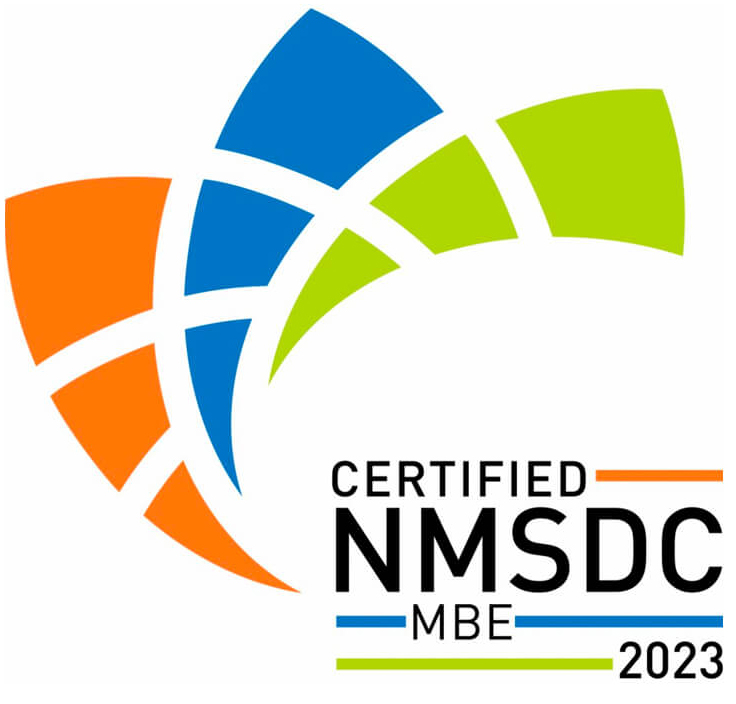
Multi-Cloud Enablement: How it Supports Digital Transformation
Digital transformation has become essential for companies that want to survive and thrive in the competitive landscape of today’s business world. The rapid pace of digital transformation has led organizations to increase their cloud requirements, with the COVID-19 pandemic accelerating the need for instant digital solutions at scale. As a result, many organizations have turned to multi-cloud solutions to optimize their workloads and reduce costs. According to a recent Gartner survey, over 81% of public cloud users are utilizing two or more cloud providers to meet their IT needs.

While the adoption of the multi-cloud model, an accidental or strategic technology imperative, has enabled businesses to streamline their operations, it has also resulted in a number of new challenges.
- Lack of visibility and control: Managing multiple cloud environments can be complex, especially without proper monitoring and performance management strategies in place. The lack of integrated visibility and control across multiple cloud providers and their respective IT systems can make it difficult to manage resources efficiently.
- Security and compliance: Maintaining security policies across domestic and global regulations, as well as for various vendors, industries, and organizations, can be challenging. Ensuring security and compliance policies across multiple cloud sources is a recipe for disaster. Failure to do so can result in potential security breaches and non-compliance with regulations, which can have significant consequences for the company.
- Increased architectural complexity: The complexity associated with managing multiple cloud environments can be challenging. The lack of uniformity in cloud infrastructure and services across different providers creates a complex architecture that requires specialized knowledge to manage efficiently.
- Data management: With applications hosted in multiple clouds, data can become siloed, making it difficult for data teams to access and analyze all of the data together. Different cloud vendors often provide different analytical tools, which increases complexity and makes it harder for data teams to analyze efficiently. Additionally, moving large data sets between clouds can lead to data duplication, which is both expensive and risky.
- Being platform agnostic: Every SaaS has its unique implementation quirks and optimizations based on the underlying system it is built on. Without a harmonized layer between the SaaS and the underlying cloud infrastructure, such as Kubernetes, it is impossible to build a cloud-agnostic solution that behaves consistently across all clouds. Even with a harmonized layer, there may still be challenges in maintaining consistency across multiple cloud providers.
- Automation portability: The holy grail of multi-cloud is the ease of automation it offers. However, automation is not always portable between clouds, which can lead to increased configuration complexity, management overhead, and potential issues. This runs counter to the benefits that cloud technology is designed to offer.
Addressing these challenges requires a comprehensive and strategic approach to multi-cloud enablement.
Multi-Cloud Enablement for Digital Transformation
The challenges of adopting a multi-cloud approach can be addressed through the proper implementation of multi-cloud governance, microservices architecture, containerization, and DevOps practices. Multi-cloud management is a resource-intensive process. By adopting these approaches, organizations can optimize their multi-cloud environment, minimize risks, reduce costs, and achieve their digital transformation goals.
Continuous multi-cloud governance
Multi-cloud enablement, coupled with cloud governance, provides a robust framework for companies to achieve their digital transformation goals while keeping pace with the dynamic cloud landscape. Knowing where your application sits and how it is connected is crucial to set the policies, procedures, and standards for managing cloud resources across multiple providers.
Planning for failover process is a critical part of multi-cloud governance. How does your organization react to Kubernetes outages? Managing the sprawl of ungoverned Kubernetes clusters is a challenge. Project teams share platforms, and an outage can impact multiple projects. Does your organization or your operation team have the capabilities/tools to detect outages before they impact end users?
These questions are relevant to the development of a strong governance policy. For example, in 2018, Spotify, a global music streaming company, accidentally deleted its regional production clusters, twice. During their Kubernetes migration, an engineer accidentally deleted their US regional cluster. Shortly after, another uninformed pull request to Terraform by a different engineer killed two regional clusters. Spotify customers did not notice the outage as Spotify had only partially migrated and had their failover set to non-Kubernetes instances. In the end, Spotify was able to resolve its issues and work on creating better guidelines, including cluster backups, codified infrastructure, performed periodic disaster recovery tests, and ran disaster recovery simulations for teams.
Multi-cloud containerization strategy
Containerization has emerged as a critical technology for multi-cloud enablement. Containers provide the flexibility to move applications between clouds without compromising the quality and portability of the application. By adopting a multi-cloud container strategy, companies can address compliance challenges more effectively while achieving their digital transformation goals.
An example of a successful multi-cloud container strategy was developed for a large airline company that needed to manage the growing number of ungoverned Kubernetes clusters on Azure and IBM Cloud. Following routine analysis, compliance violations and vulnerabilities across clusters were detected, causing administration and governance to become increasingly expensive. To address these issues, a multi-cloud container strategy was implemented, which included multi-cloud SPOG provisioning, patching automation for Kubernetes clusters, and empowering security teams to remotely push patches to multiple clusters. This approach allowed a small, focused operations team to effectively manage a growing number of clusters, while also making it easier to adopt standard tooling for logging, monitoring, and other Kubernetes cluster add-ons. Incorporating DevOps practices, including automated deployments and continuous integration/continuous delivery (CI/CD), resulted in a 70% reduction in Kubernetes platform outages, a decrease in outage root cause analysis time from three days to under 30 minutes, and an increase in shared Kubernetes platform adoption across the company from 30% to 65%.
Conclusion
Successful digital transformation requires a holistic approach to the platform that includes people, processes, operations, and applications. Utilizing the right tools and resources, such as multi-platform monitoring tools like CloudWatch or Splunk, can help streamline the migration process and ensure a successful journey to the cloud. However, it is equally important to not overlook on-prem infrastructure and critical business applications that may continue to reside in traditional data centers. Organizations must prioritize maintaining the same level of visibility and security across both their cloud and on-prem environments to avoid any disruptions or delays.
For enquires, mail to [email protected]
Contributed for Sage IT by
Srini Gajula (Chief Solutions officer)









